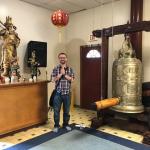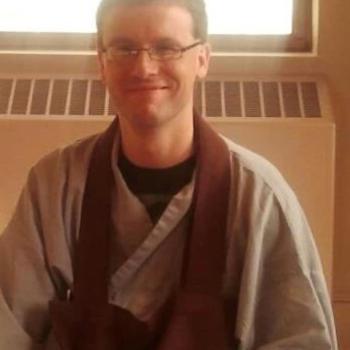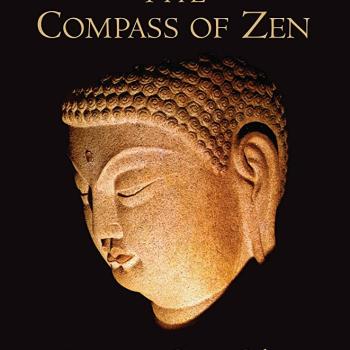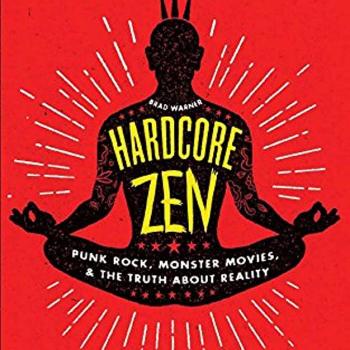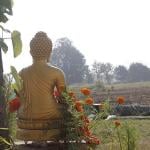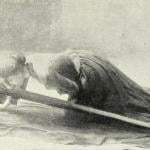Hongzhi (1091-1157) was a well known Zen Master in the Tsaotung lineage. It was in his lifetime that the lineage which had fallen on hard times, really took shape and underwent a revival. It became distinct in it’s emphasis on seated meditation and realization of our innate Buddha Nature through cultivating an open heart and mind.
Hongzhi was a proponent (and maybe the first teacher) of Silent Illumination practice. He described this in poetic writings as a process where we turn awareness back on itself, we turn our minds to see through our delusions. He said that we can dwell in an enlightened state of awareness and if we spend our time dwelling there, then things come and go without making us suffer. He described this in very positive terms, saying things like: “Letting go of discriminating conditioning, enter clean clear wisdom, and romp and play in samadhi. What could be wrong?”
So, for Hongzhi the practice of Enlightenment (and it is a practice) is to sit serenely looking within. Our wide open minds are illuminated, spacious and free.
Hongzhi also said: “Silently dwell in the self, in true suchness abandon conditioning. Open-minded and bright without defilement, simply penetrate and drop off everything”
He didn’t describe a process of attaining something or finding something, however. This is about turning our minds to see the Buddha Nature that’s already there. We are free already. And if we have clear awareness, then we can help others.
The most distinct thing about his teachings though, was that he described a non-aggressive practice. He said we could sort of relax into awakening instead of struggling toward it. He taught that we can increase our awareness and insight just with the practice of awareness. We can unleash our Buddha Nature just by giving it space to unleash itself.
He wrote a lot. Two significant texts by Hongzhi are: “Cultivating the Empty Field” and “The Book of Equanimity” (which Dosho Port calls “The Record of Going Easy.” I love that title and I wish it would take off.)
Hongzhi lived in a temple on a mountain called Tiantong. Almost a century after his death, the monk from Japan, Dogen,would travel to that same mountain and receive the teachings of Silent Illumination. He would take those teachings to Japan and change everything about Buddhism in Japan. He couldn’t have done it without the influence of Hongzhi.
Here is the poem Hongzhi wrote on his death bed:
“Empty flowers of an illusory dream
sixty seven years.
A white bird disappears in the mist
Autumn waters touch the sky”
Daniel Scharpenburg
Find out more about Daniel here and connect with him on Facebook

